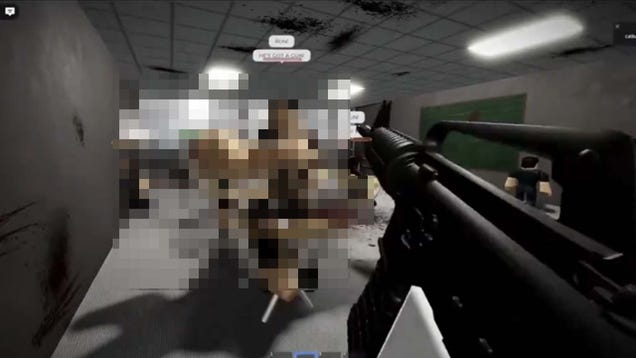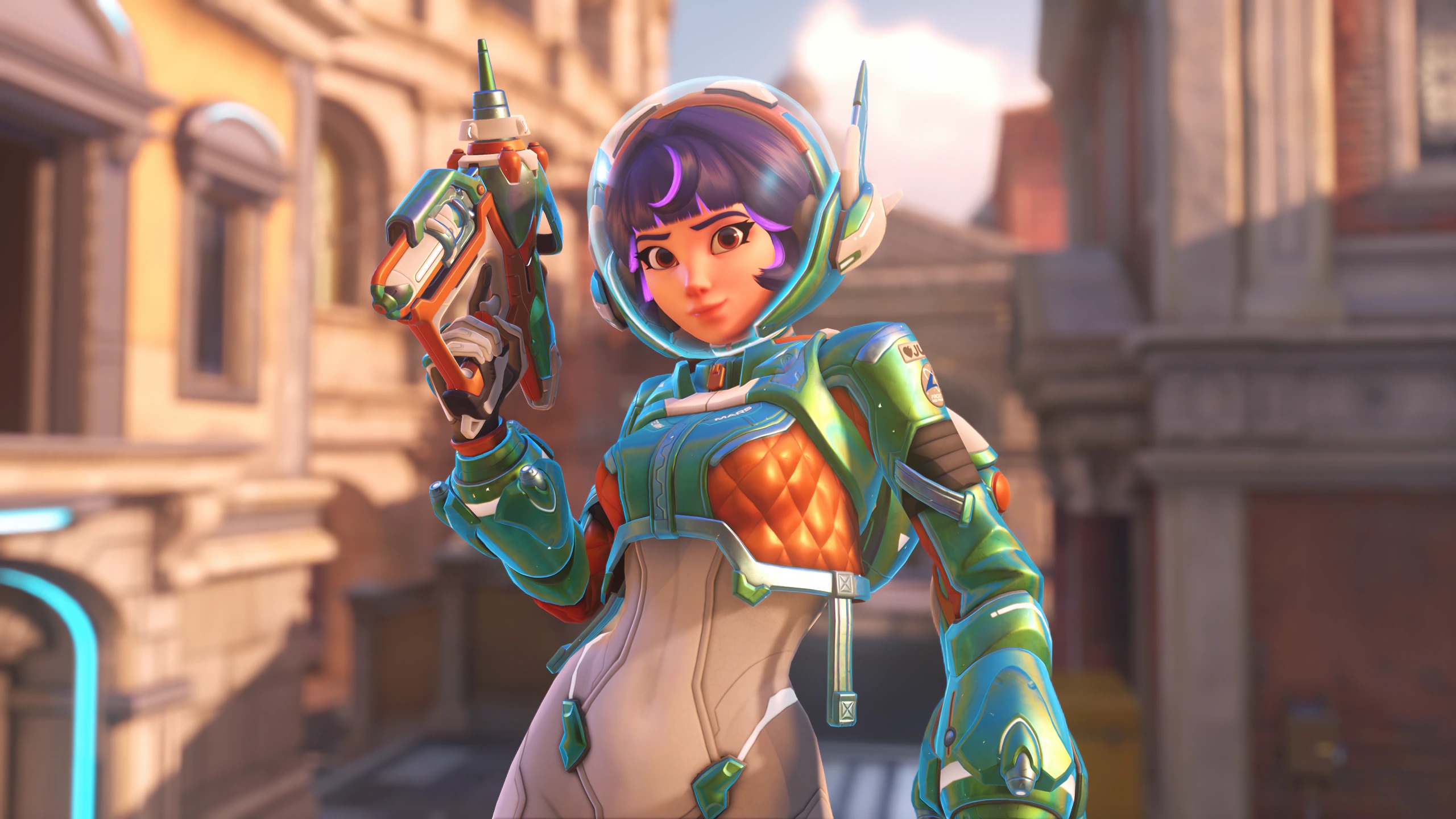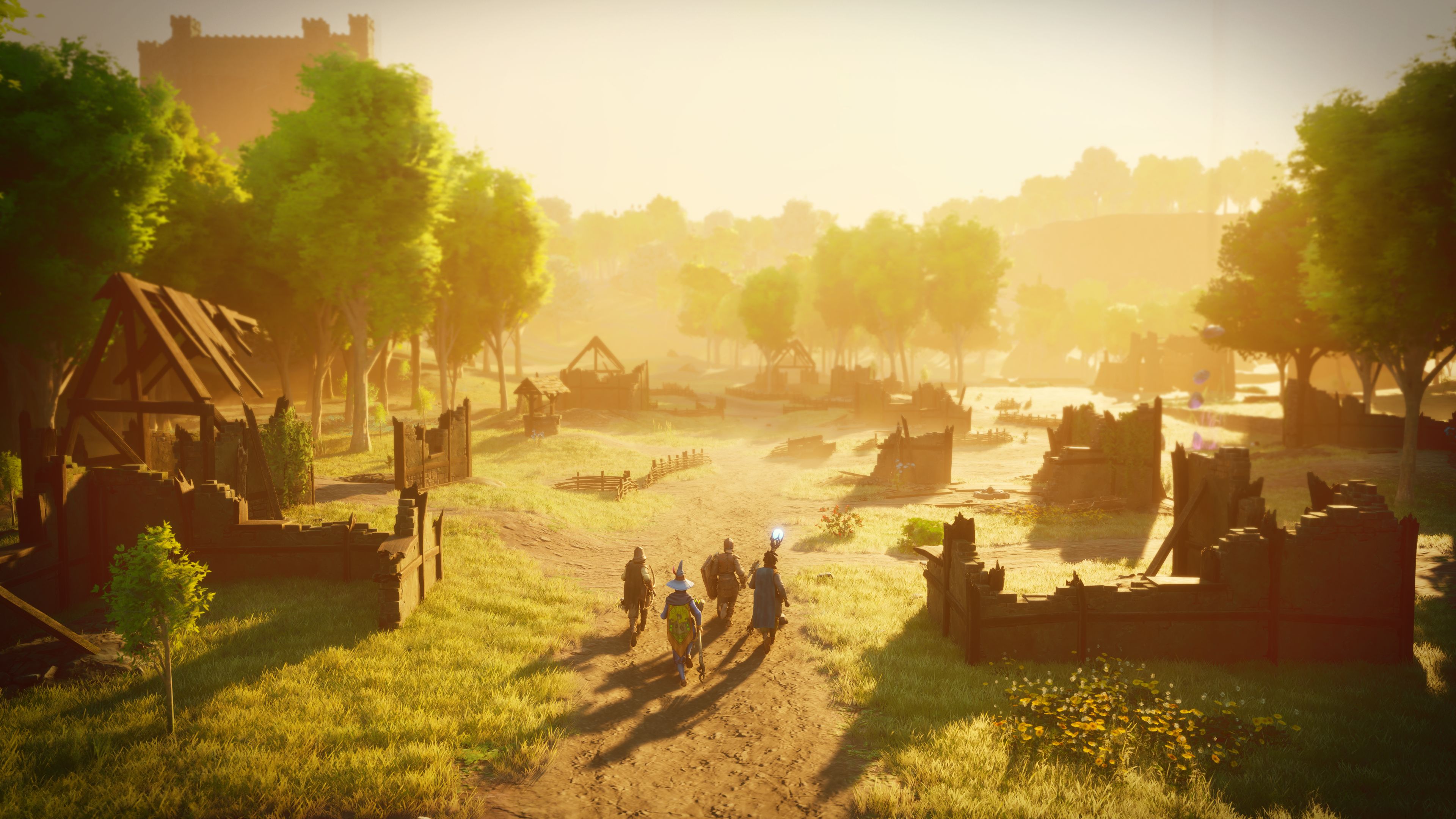
Star Wars: The Acolyte Spoiler-Free Review
The following is a spoiler-free advance review of the first four episodes of Star Wars: The Acolyte, which premieres Tuesday, June 4 at 6pm PT / 9pm ET on Disney+.
There’s something innately exciting about how The Acolyte brings us to a never-before-seen era of Star Wars: About 100 years before the rise of the Empire, at the tail end of the High Republic period featured in recent books and comics. It allows us to dive into a very different galaxy, one where no one’s heard the names Skywalker or Palpatine, and where a thriving Jedi Order functions more along the lines of what we know from the prequel trilogy. After five consecutive series set either in the midst of or in the aftermath of the Empire’s rule, Disney+’s newest live-action Star Wars series changes things up from the get-go – there’s no Stormtroopers in sight! – and that timeframe, along with some intriguing story ideas, provides a strong hook. But it’s not quite enough to bring balance to the first four episodes, which, on a filmmaking level, feel more “TV” than Star Wars ever has – thus losing much of its defining epic quality.
Amandla Stenberg does good work establishing twin sisters Mae and Osha as two distinct characters, imbuing each half of her dual role with different mannerisms and energies, without pushing things to extremes. Both sisters have been trained in the ways of the Force: Mae by a mysterious Sith master, and Osha at the Jedi Temple on Coruscant (before leaving the Jedi behind). It’s a solid setup and also a nice spotlight for Stenberg, who’s been an engaging onscreen presence since her breakout performance in The Hunger Games and up through projects like The Hate U Give and Bodies Bodies Bodies.
The Acolyte was created by Leslye Headland, best known for co-creating Netflix’s excellent Russian Doll. You can tell she’s a big Star Wars fan, and she does commendable work showing how your average Jedi Knight or Master does the job of keeping the peace during this era. Her new series follows characters who operate under the Jedi Council – which is referenced but unseen in the first four episodes – and must navigate both that power structure and the exterior element of the Republic Senate. The Acolyte finds another anchor in one such character: Jedi Master Sol (Lee Jung-jae), who draws Osha into the hunt for Mae after the assassination of a Jedi in a thrilling series-opening brawl. Lee gives a standout performance, exuding Sol’s innate Jedi calm and wisdom mixed with regret. The Squid Game star conveys a lot through his facial expressions, giving us insight into Sol and the burdens he carries without saying a word.
A big underlying element in George Lucas’ Star Wars prequel trilogy was the arrogance and hubris of the Jedi, which built up within the Order to the point that it was weaponized against them. The Acolyte shows the emergence of these flaws, and finds some of its most interesting material in topics introduced in those movies. Turns out the Order’s methods of finding and taking in Force-sensitive children aren’t as universally beloved or accepted as Qui-Gon Jinn made them sound.
The franchise shouldn’t be expected to maintain one specific approach for every project: The differences between The Mandalorian and Andor, for example, prove the benefits of exploring different genres of storytelling within this universe. Yet both of those shows still feel fundamentally Star Wars. In its visual style and storytelling, The Acolyte feels a bit off in this regard.
The Book of Boba Fett and Obi-Wan Kenobi each took knocks for their visuals and feeling more “fake,” but The Acolyte is the most a Star Wars show has felt like, well, a TV show. There’s often an overt artificiality to the sets, costumes, and makeup that underline how this series lacks the cinematic production values we expect from Star Wars. (And before you point a finger at ILM’s polarizing video walls, a.k.a. The Volume, those weren’t used for The Acolyte.) To be clear, it’s not that it feels low budget – this is obviously a very expensive series packed with special effects – but this is a franchise that has typically operated at a different and grander scale than this. In terms of the long-running sci-fi institution it most readily evokes, the flatter visual language and character interactions of The Acolyte often feel more like Star Trek than Star Wars. In addition, some of the plot points feel clunky – characters change their mind about something they were adamant about far too quickly or escape danger in a strangely convenient manner. Some attempts at humorous banter fail to earn a laugh.
More often than not, The Acolyte is at its best when dealing with the conflict between the two sisters and Sol’s dynamic with them. Also, it has some great and innovative fight scenes. Early episodes hold off on traditional lightsaber vs. lightsaber battles, instead focusing on the knife-wielding Mae’s one-on-one fights with various Jedi like Sol or Carrie-Anne Moss’ Indara. This allows us to see Jedi characters using martial arts in an exciting and well choreographed way, underlining just how skilled they are in combat that doesn’t involve laser swords. Moss puts her Matrix background to very cool use, showing Indara’s nearly effortless counters to Mae’s attacks.
Elsewhere, The Good Place’s Manny Jacinto is fun as Qimir, who gets to represent the smuggler/scoundrel element of Star Wars, while Dafne Keen forges a warm rapport with Stenberg as Osha forms a bond with Sol’s padawan, Jecki Lon. Charlie Barnett, who previously worked with Headland on Russian Doll, has a bit of a thankless role as the by-the-book Jedi Yord, who feels extraneous to the story in the first four episodes – but we’ll see if that changes in the second half of the season.








